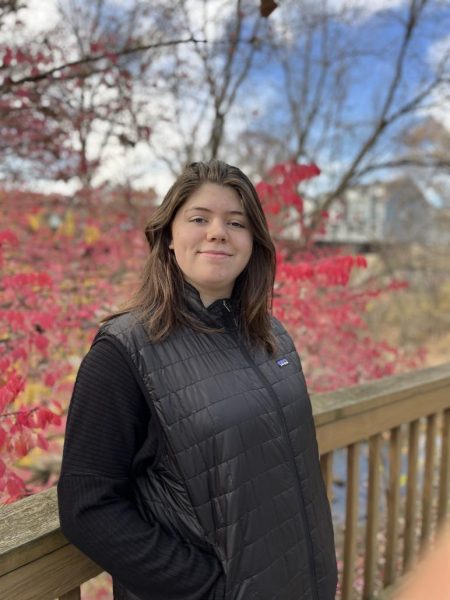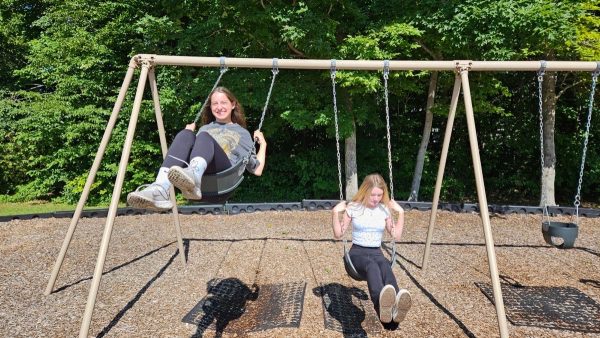How winter burnout affects students’ abilities to cope
With the passing of the New Year also comes the conclusion of many students’ winter breaks, a well-known time among teachers and students filled with screwy sleep schedules and apathetic attitudes.
But often, I feel like people attribute the somber display to the end of the holiday season alone. I can somewhat agree with this thinking, since the reluctance to return to studying is one of the major factors toward general melancholy in students’ behaviors. However, I think it’s foolish to dismiss this as the only factor.
Weather, for example, plays an important role as it can be linked to a person’s happiness, both mentally and physically.
Mentally, harsh weather such as grey skies, shorter hours of sunlight, and wet environments can make for a pretty gruesome motivational scene. It has been proven that the human brain often associates warm colors—such as red, orange, and yellow—with strong emotions like passion, anger, and joy. The opposite can be said for cool colors—such as gray, blue, and purple—as they are often associated with grief, anxiety, and tragedy.
And with colder conditions prohibiting sports or outside interaction, students can find themselves feeling exhausted and or stressed when confined to a finite space with limited social interaction.
Physically, the effects are not an improvement.
Less sunlight—from shorter daylight hours and impaired skies—means less vitamin D consumption. Vitamin D is crucial for the human bone, providing the bones with the necessary nutrients they need to keep strong. Vitamin D deficiency symptoms can range from fatigue, loss of appetite, getting sick more easily, increased depression, and so on.
SAD is defined as a disorder that develops usually during the winter when there are fewer daylight hours, when a person either develops feelings of sadness or loss of appetite
These symptoms of both mental and physical exhaustion can come together to create a plethora of disorders distinctive to seasonal changes. The most common disorder found during this time is named seasonal affective disorder, or SAD; such a truthful name.
SAD is defined as a disorder that develops usually during the winter when there are fewer daylight hours, when a person either develops feelings of sadness or loss of appetite.
While SAD is a common disorder to develop during the long winter months, it’s mostly only found among younger individuals like college or senior high school students. Scientist finds that senioritis plays a fundamental role in SAD as well, as that feeling of restlessness and a stressful approach to adulthood seems to amplify the effect, especially for those who have depression or other disruptive disorders.
However, there are some solutions to help cope with seasonal misery.
Scientists recommend an effective and regular sleep schedule of at least eight hours per night, as lack of sleep is often associated with further depressive episodes. It’s also beneficial for school purposes, as concentration is key to helping brain growth. Having a balanced routine is also highly recommended as exercise, either mental or physical, helps serotonin levels within the body.
Finally, if one is still not experiencing improvement in mood or health it might be in their best interest to look up either light therapy or vitamin D pills. They will help the body get the nutrients it needs to be efficient, whereas outside environments might lack the sufficient amount.
Overall, remember winter is only temporary, and things will get better because there is light at the end of the long tunnel.

Ava is a senior entering her second year writing for the Central Trend. She strives to be a passionate writer, hopelessly curious about all topics, and...






























































































